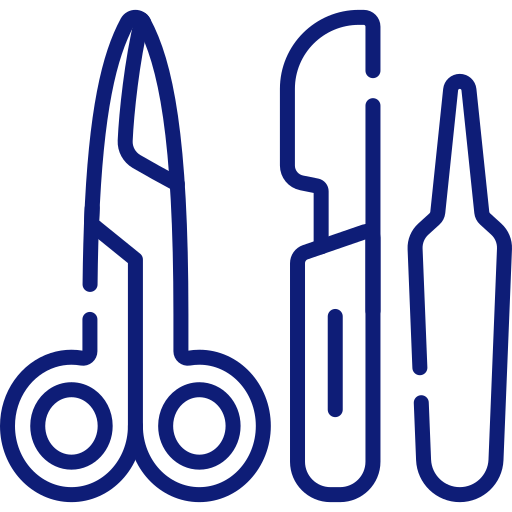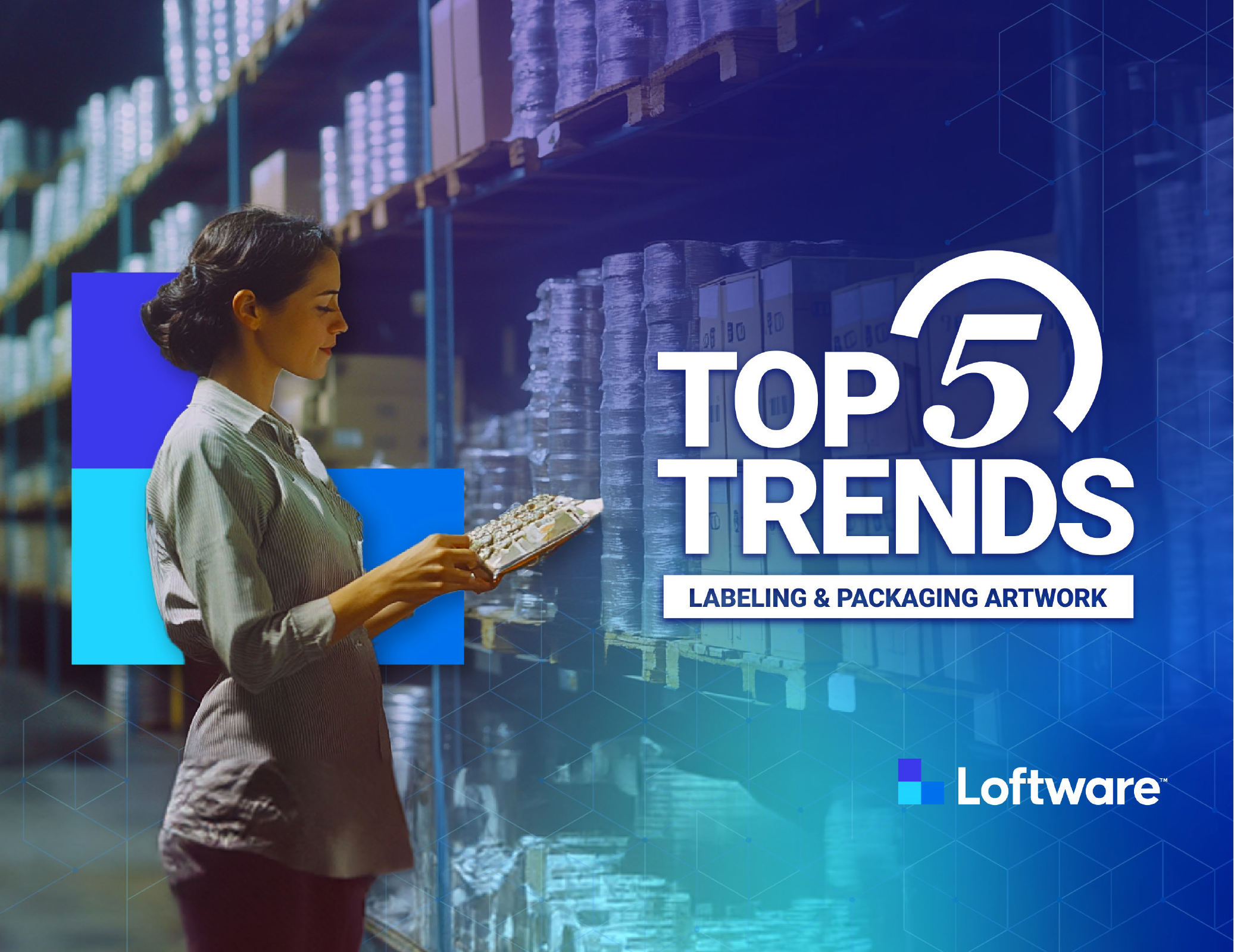April 7, 2021
Blog
GS1 Standards maximize food supply chain traceability
Sandy Borchert
Share
Food and beverage manufacturers are competing in an ever-changing and increasingly challenging environment. In one of our previous blog posts, we examined why the food and beverage industry needs barcodes. Although standards and regulations have evolved over time when it comes to food labeling, compliant labeling is important now more than ever before.
The pandemic has caused shoppers to become increasingly concerned about authenticity and global supply chain complexities. In an FMI and Label Insight report published last year, 81% of shoppers expressed interest in the importance of transparency , placing the overwhelming majority of responsibility for food labeling transparency on the food manufacturers and brands themselves.
The food and beverage industry relies on traceability and seamless distribution to move food safely along the supply chain. The simplest and quickest way to properly track and trace food is via a barcode. Data standards like the GS1 system allow a product to be tracked through every step in the supply chain. GS1 identifiers are recognized and used globally. They are essentially like a product’s fingerprint. No other item in the world will have the same identification number. This promotes and instills the transparency that consumers long for, throughout a product’s entire lifecycle.
Navigating the world of food traceability, regulation and compliance can be complex and daunting. Adopting a universal standard like GS1 can help. You can find out all about the GS1 system, how to create barcodes correctly and how to verify them in The GS1 Handbook – How To Barcode Your Product and read more on other barcode related tips here.
If you’d like more information on food labeling solutions, visit our food & beverage solutions page or our Label Cloud product page.
- GS1







